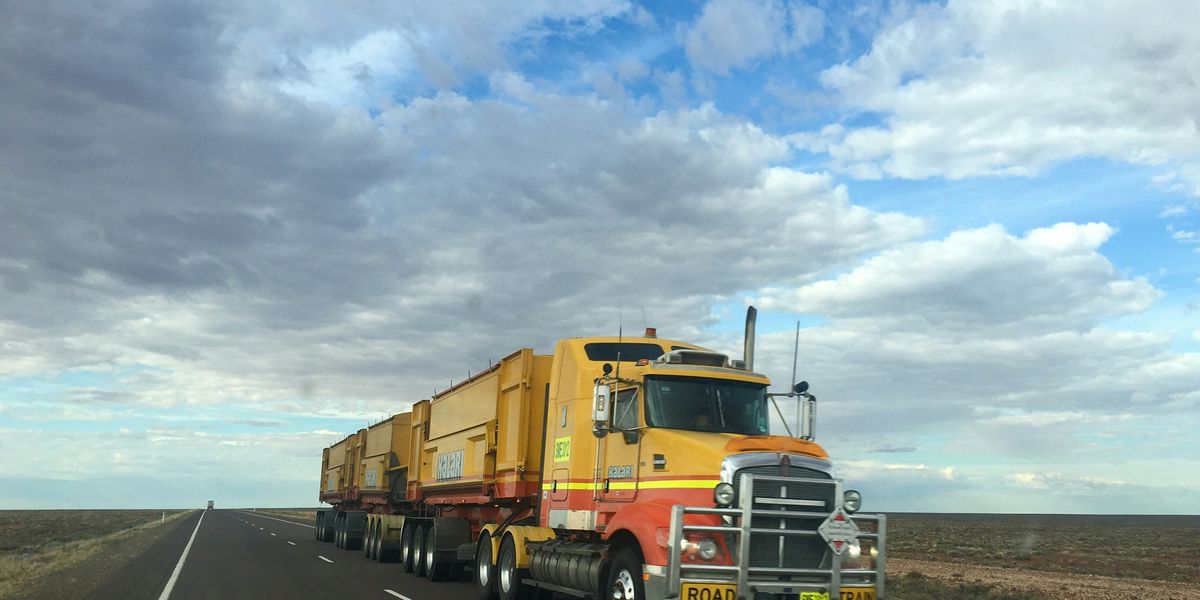species adaptation
Helping trees migrate north might be essential for their survival
As climate change pushes species northward, trees are struggling to keep up, and some ecologists suggest human intervention might be the only way to save them.
In short:
- As global temperatures rise, tree species face increasing threats from heat and drought, struggling to keep pace with climate shifts.
- Ecologists are exploring “assisted migration,” moving tree species to cooler regions, a controversial strategy due to the risks of introducing non-native species.
- Some argue that doing nothing could be more harmful, as entire ecosystems might collapse without intervention.
Key quote:
“There is also risk in inaction. We have to balance the risk of doing things against losing these species from the ecosystem.”
— Sarah Dalrymple, conservation ecologist, Liverpool John Moores University.
Why this matters:
Assisted migration is a controversial move. Some argue that it's meddling with nature, while others see it as a necessary intervention to preserve our ecosystems. As the climate crisis intensifies, the debate over how best to protect forests is only growing. Read more: Carolyn Ramírez on forest protection.
A renewed push for the Recovering America's Wildlife Act faces competition
The outcome of these legislative efforts is crucial for ensuring the protection and recovery of thousands of at-risk species across the U.S.
In short:
- The Recovering America's Wildlife Act (RAWA) aims to secure substantial annual funding for U.S. wildlife agencies and tribal nations, promoting extensive conservation efforts.
- A competing bill in the U.S Senate, America's Wildlife Habitat Conservation Act, has different funding strategies and amendments, affecting conservation approaches and federal budgets.
- Both bills highlight the complexity and urgency of funding conservation efforts, with RAWA gaining broad bipartisan support while facing challenges in securing a stable funding source.
Key quote:
"We got to the point where we just got more and more co-sponsors. Everybody came together and said, ‘This looks like a durable solution’."
— Glenn Olson, chair of bird conservation and public policy at the National Audubon Society.
Why this matters:
Legislation to enhance funding for wildlife conservation in the U.S. affects biodiversity and ecosystem stability across the country. Read more: The health of wildlife is inseparable from our own.
Altering species to safeguard them
In a bid to save endangered wildlife, scientists explore "assisted evolution" techniques, challenging traditional conservation methods.
In short:
- Australia's unique wildlife faces extinction due to habitat degradation, invasive species, and climate change.
- Scientists propose altering animal genomes through techniques like crossbreeding and gene editing to enhance species' survival traits.
- Interventions like genetic rescue aim to increase genetic diversity and resilience in endangered populations.
Key quote:
"Let’s lean into that, not be daunted by it. My view is that 50 years from now, biologists and wildlife managers will look back at us and say, ‘Why didn’t they take the steps and the opportunities when they had the chance?’"
— Dan Harley, senior ecologist at Zoos Victoria
Why this matters:
As biodiversity declines globally, innovative approaches like assisted evolution offer hope for saving endangered species. However, ethical considerations and potential unintended consequences underscore the need for careful deliberation in implementing these strategies. Some innovators are looking to biomimicry to address sustainability challenges. Can they harness green chemistry to get it right?
The anhinga or ‘devil bird’ lands in New York, with more to come
The lion, the land bridge, and the New World
What ‘The Last of Us’ gets right about a climate-fueled fungus pandemic
Some fungi are already learning to adapt to warmer temperatures and expand their location, infecting more people.



















